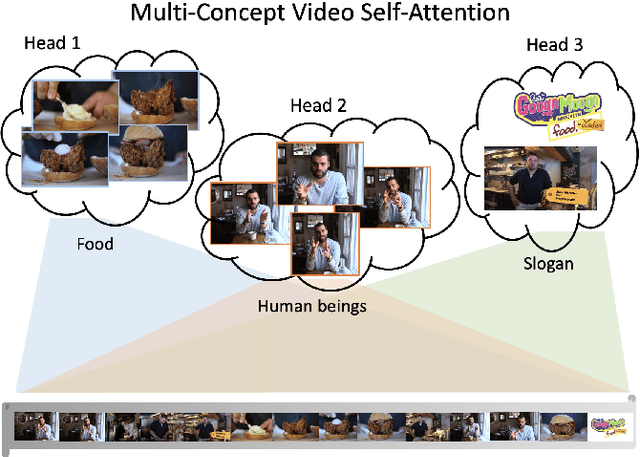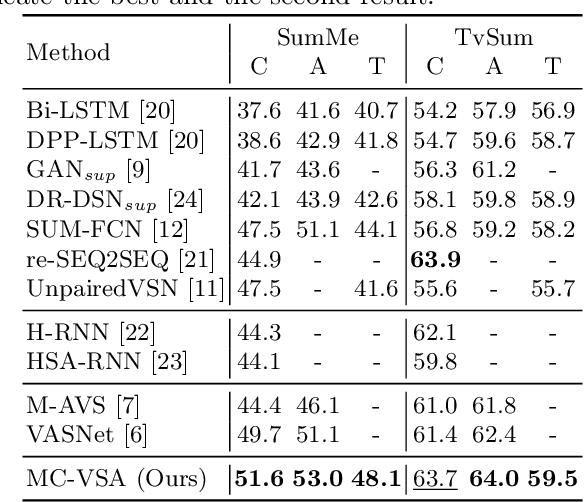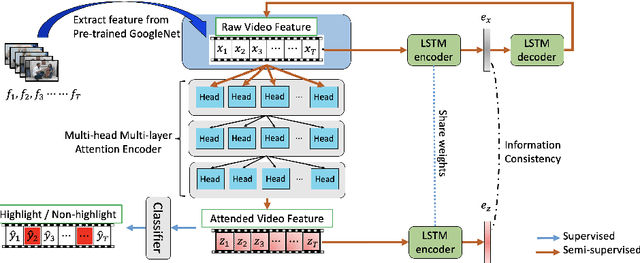Yen-Ting Liu
Automated Defect Detection for Mass-Produced Electronic Components Based on YOLO Object Detection Models
Oct 02, 2025Abstract:Since the defect detection of conventional industry components is time-consuming and labor-intensive, it leads to a significant burden on quality inspection personnel and makes it difficult to manage product quality. In this paper, we propose an automated defect detection system for the dual in-line package (DIP) that is widely used in industry, using digital camera optics and a deep learning (DL)-based model. The two most common defect categories of DIP are examined: (1) surface defects, and (2) pin-leg defects. However, the lack of defective component images leads to a challenge for detection tasks. To solve this problem, the ConSinGAN is used to generate a suitable-sized dataset for training and testing. Four varieties of the YOLO model are investigated (v3, v4, v7, and v9), both in isolation and with the ConSinGAN augmentation. The proposed YOLOv7 with ConSinGAN is superior to the other YOLO versions in accuracy of 95.50\%, detection time of 285 ms, and is far superior to threshold-based approaches. In addition, the supervisory control and data acquisition (SCADA) system is developed, and the associated sensor architecture is described. The proposed automated defect detection can be easily established with numerous types of defects or insufficient defect data.
* 12 pages, 16 figures, 7 tables, and published in IEEE Sensors Journal
Transforming Multi-Concept Attention into Video Summarization
Jun 03, 2020



Abstract:Video summarization is among challenging tasks in computer vision, which aims at identifying highlight frames or shots over a lengthy video input. In this paper, we propose an novel attention-based framework for video summarization with complex video data. Unlike previous works which only apply attention mechanism on the correspondence between frames, our multi-concept video self-attention (MC-VSA) model is presented to identify informative regions across temporal and concept video features, which jointly exploit context diversity over time and space for summarization purposes. Together with consistency between video and summary enforced in our framework, our model can be applied to both labeled and unlabeled data, making our method preferable to real-world applications. Extensive and complete experiments on two benchmarks demonstrate the effectiveness of our model both quantitatively and qualitatively, and confirms its superiority over the stateof-the-arts.
 Add to Chrome
Add to Chrome Add to Firefox
Add to Firefox Add to Edge
Add to Edge